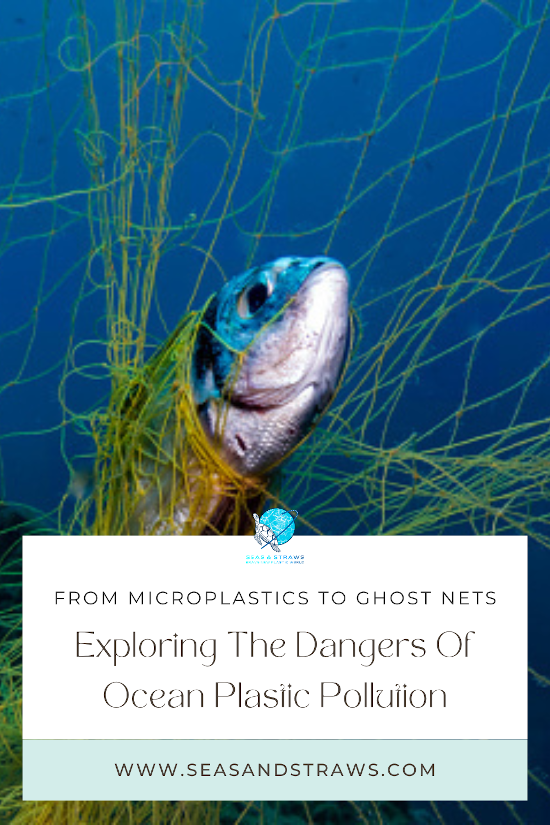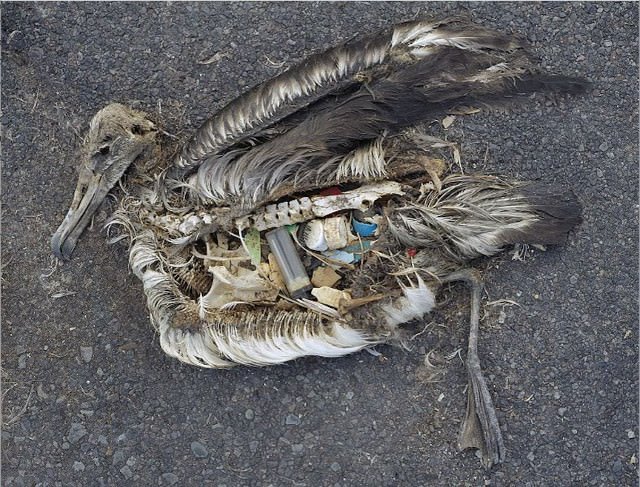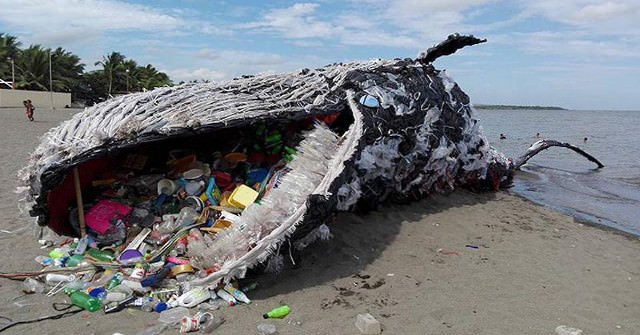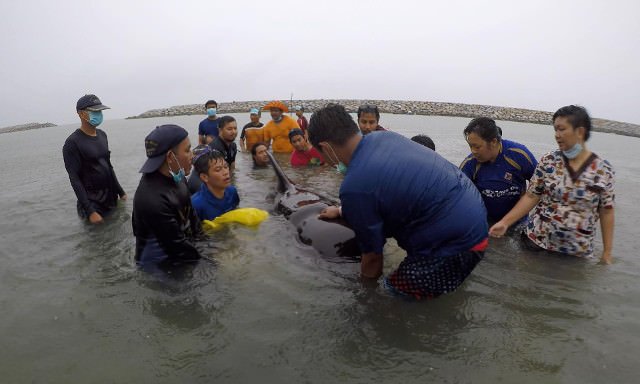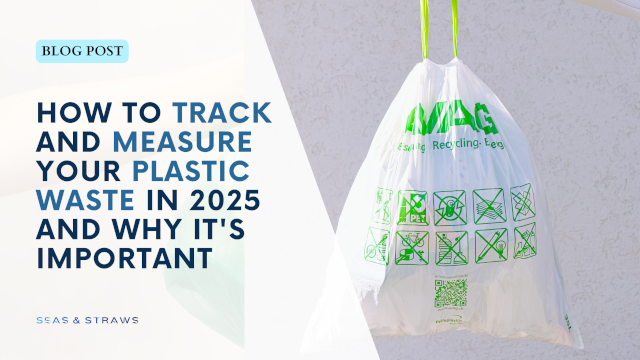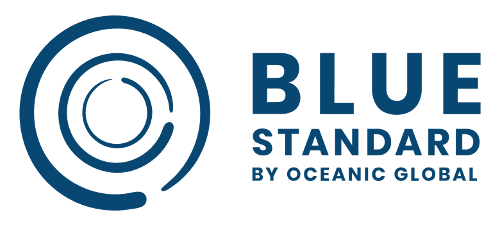- Home
- Ocean Pollution
- Ocean Plastic Pollution
From Microplastics to Ghost Nets: Exploring the Dangers of Ocean Plastic Pollution
A significant source of contamination affecting the marine environment and its inhabitants is ocean plastic pollution. Ocean debris can take many forms, from plastic bottles and bags (plastics now account for about 80% of marine litter) to the remains of fishing gear. Increasing plastic pollution is a major problem for marine animals, and one that they have little chance of escaping, as pieces float as well as sink to the ocean floor or wash up on our beaches. Three types of marine debris that have gained increasing attention in recent years are microplastics, plastic bags and ghost nets.
Microplastic ocean debris
Microplastics are small plastic particles that are less than 5 millimeters in size. They can come from a variety of sources, including microbeads in personal care products (primary microplastics), larger pieces of plastic that break down in the waves (secondary microplastics), and synthetic fibers from clothing. These plastic particles can be ingested by marine life - from the smallest plankton to the largest whales - and accumulate in their bodies. In addition, the toxic ingredients are washed out of the plastic and also accumulate in the fish's tissues and blood. So,if a larger fish eats a smaller fish, it absorbs these toxins as well. Nowadays, microplastic is found in almost every species of bird, fish, turtle or marine mammal.
Want to learn more about how it affects you and what you can do to protect yourself? Continue reading here.
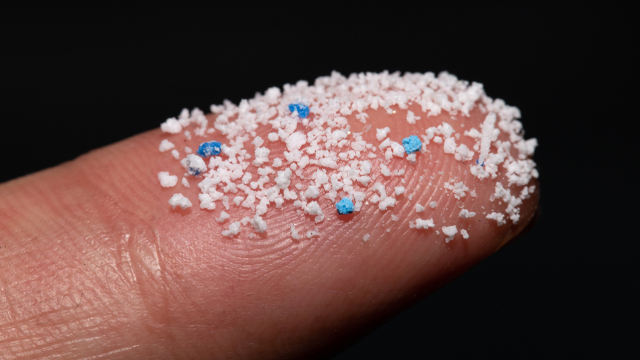 Microplastics are particularly dangerous to marine creatures
Microplastics are particularly dangerous to marine creaturesEveryday objects made of plastic
Plastic bags are of high importance here, as they pose a particularly serious threat to marine life. When they float below the surface, they can hardly be distinguished from jellyfish. Jellyfish, in turn, are the preferred food of sea turtles. A single plastic bag can already mean their death.
But even large sea creatures are not spared. Again and again, whales and dolphins are washed up with up to 80 (!) plastic bags in their stomachs. These clog the stomach, the animal can take in no more food and starves to death with "full" stomach.
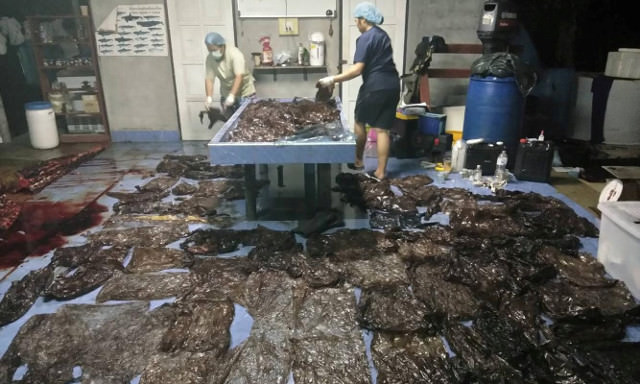 The content of a starved pilot whale's stomach - 80 (!) plastic bags. Photo: ©Reuters
The content of a starved pilot whale's stomach - 80 (!) plastic bags. Photo: ©ReutersGost Nets in the ocean
Ghost nets are discarded fishing nets in which marine life can become entangled long after they have been abandoned. These nets can be made of a variety of materials, including synthetic fibers and monofilament lines, and are very difficult to remove once they become entangled in reefs or other underwater structures. Ghost nets just float in the ocean and continue to trap fish and other marine life for decades after they are abandoned, often resulting in serious injury or death. Of course, when they become entangled in coral, they also damage valuable underwater habitats.
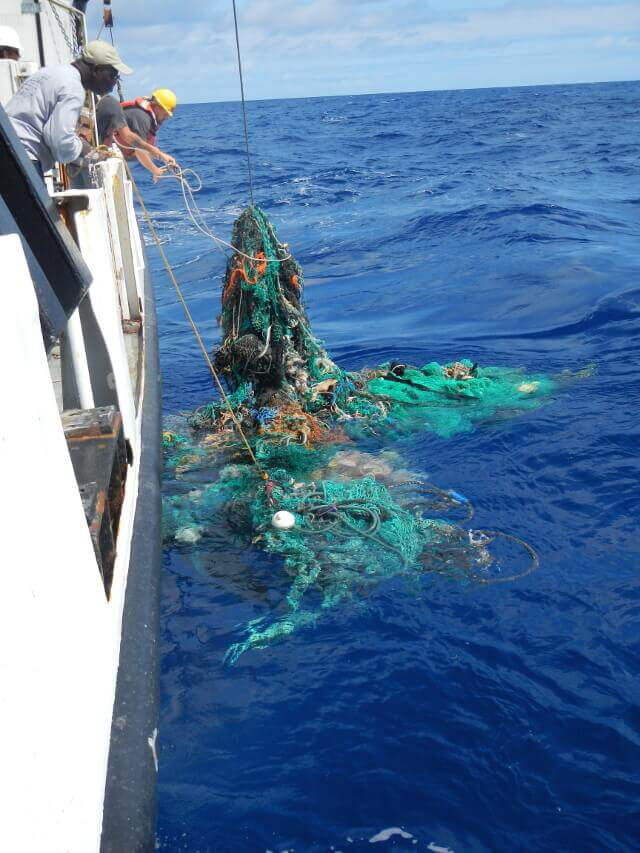 The Ocean Cleanup retrieves a discarded ghost net.
The Ocean Cleanup retrieves a discarded ghost net.What can we do?
The dangers of microplastics, plastic bags, and ghost nets highlight the need for increased efforts to address ocean plastic pollution. One key step is to reduce the amount of plastic waste that enters the ocean in the first place. This can be achieved through a combination of consumer education, product design changes, and improved waste management practices.
We consumers can play a key role by making simple changes in our daily lives, such as replacing single-use plastic items with reusable alternatives, keeping our homes plastic-free, and properly disposing of any plastic waste we generate.
Product manufacturers can also play a role by designing products with a focus on reducing waste and using more sustainable materials. Improved waste management practices also help reducing ocean debris. This includes increasing recycling rates, improving waste collection and disposal infrastructure, and implementing policies and regulations to reduce the amount of plastic waste that enters the environment. We can encourage businesses and governments to take these necessary actions through our advocacy.
Another important step is to increase efforts to remove existing ocean plastic pollution, such as ghost nets. This can be achieved through a combination of technology and on-the-ground efforts. For example, remote sensing technology can be used to identify areas where ghost nets are likely to be located, while trained divers can physically remove the debris. There are also efforts underway to repurpose discarded fishing nets into products such as carpeting and sunglasses, reducing the amount of waste that ends up in landfills or the ocean.
To protect the marine environment and the species that call it home, it is critical that we take action to reduce the amount of plastic waste that enters the ocean and to remove existing trash. By making changes in our daily lives and supporting efforts to reduce and remove ocean debris, we can help to ensure a healthier future for our oceans and the life within them.
